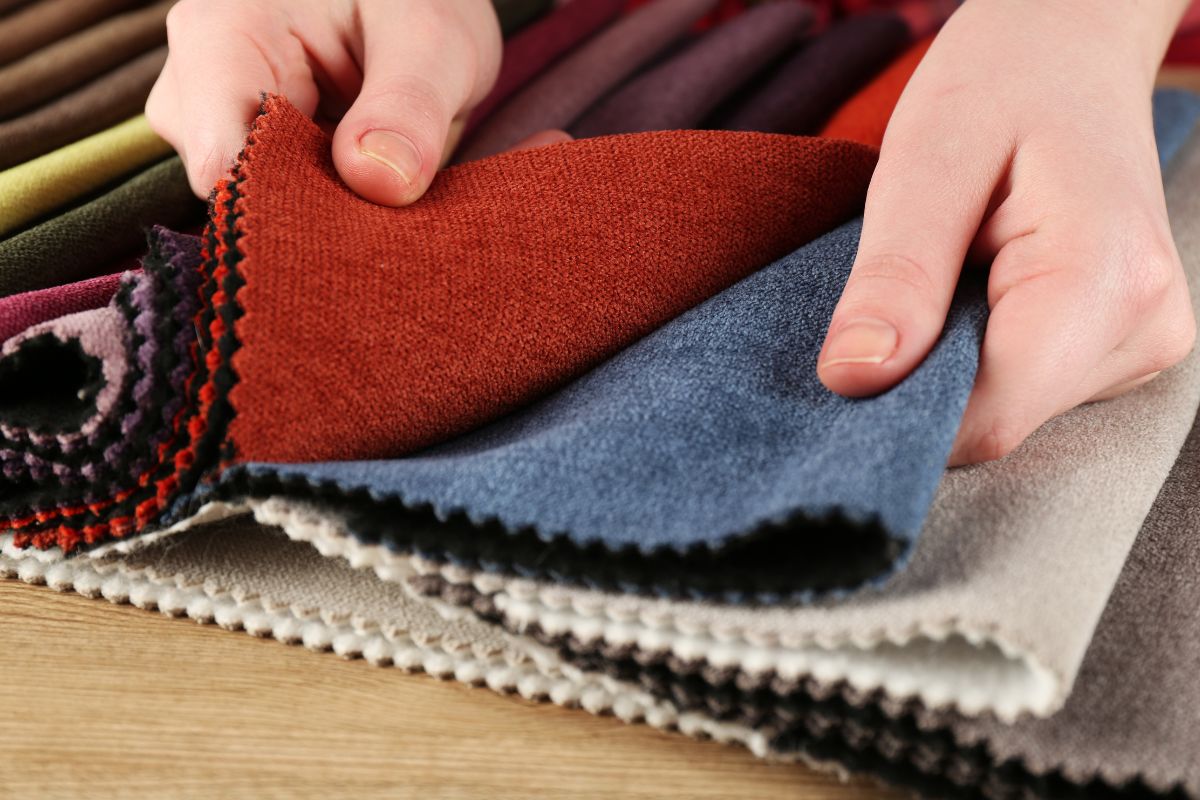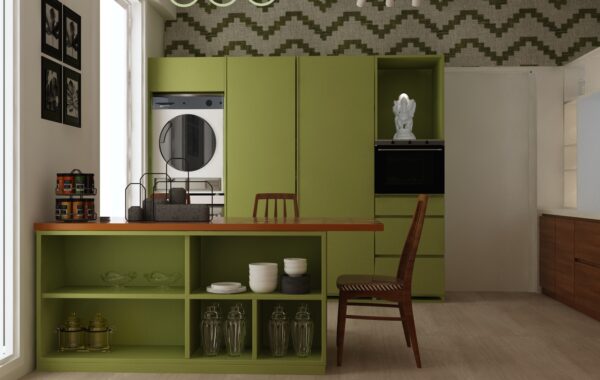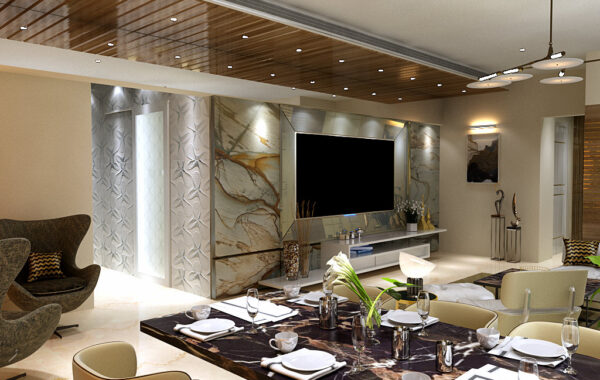In the world of interior design, we often talk about color palettes, furniture silhouettes, and lighting schemes—but in 2025, one of the most transformative forces in home spaces isn’t what you see. It’s what you feel.
Enter the age of high-tech fabrics—a quiet but powerful revolution in the design world. Today’s textiles are no longer just about aesthetics; they’re smart, sustainable, performance-driven, and purpose-built. From self-cleaning sofas to acoustically tuned curtains and climate-responsive wall coverings, textiles have evolved into technology.
As a world-class interior designer with a passion for innovation, I’ve studied how emerging fabric technologies are reshaping how we live, interact, and feel inside our homes. This blog explores the cutting-edge fabric innovations transforming sofa design, drapery, and even walls—while keeping beauty and comfort front and center.

🛋️ 1. Sofas That Resist Life (and Look Good Doing It)
Let’s start with the workhorse of the living room: the sofa. Once a magnet for stains, pet hair, and fading, today’s sofas are engineered to survive and thrive in real-life conditions.
🔬 Performance Fabrics
Performance upholstery is no longer limited to commercial settings. Homeowners now demand textiles that are:
- Stain-resistant
- Pet- and child-friendly
- Fade- and mildew-resistant
- Easy to clean without harsh chemicals
Materials like Crypton®, Aquaclean®, and Revolution® fabrics offer woven technology that repels spills before they soak in—some using a molecular barrier, others a built-in liquid-repelling grid.
💡 Anti-Microbial & Allergen-Reducing Textiles
Post-pandemic awareness has driven demand for fabrics that minimize germs and allergens. Antibacterial coatings, silver-infused threads, and even self-sanitizing nanotechnology are now integrated into upholstery options—making your couch a healthier place to rest.
🧠 Smart Integration
Some cutting-edge fabric systems now include sensor-enabled weaves that track body position, posture, or even temperature. In wellness-focused homes, smart sofas with climate-reactive textiles can offer warmth, cooling, or reminders to move—without looking like tech furniture.
🪟 2. Curtains That Do More Than Block the Light
Gone are the days when curtains simply hung pretty. Today’s high-tech drapery can enhance comfort, improve acoustics, regulate light, and even generate energy.
🔇 Acoustic Drapery
As remote work and multi-use spaces become the norm, sound control is critical. Enter acoustic textiles—curtains made with specialized weaves or layered materials that absorb sound, reduce echo, and soften the room without bulky panels.
These are especially effective in:
- Open-plan living rooms
- Home offices
- Bedroom sanctuaries
🌡️ Thermoregulating Fabrics
Some new curtain materials actively help regulate temperature. Woven with phase-change materials (PCMs), they can absorb, store, and release heat—cooling the room in summer and insulating in winter.
Others reflect UV rays or filter out specific light spectrums to protect interiors from fading and reduce energy bills.
⚡ Solar & Responsive Textiles
While still in early adoption, solar fabrics are making their way into design. Drapes made with photovoltaic threads can generate energy, ideal for passive homes or off-grid designs.
Some intelligent fabrics also adjust transparency or opacity automatically—opening or closing in response to sunlight or temperature.
🧱 3. Walls That Breathe, Heal, and Interact
Yes, walls can be upholstered—and in 2025, they can do even more.
🧘 Acoustic Wall Fabrics
Especially popular in luxury residences, boutique hotels, and creative studios, acoustic wall panels made from high-tech textiles create serene soundscapes. Unlike hard surfaces that bounce sound, these panels use layered, sound-absorbing textiles to minimize noise and maximize calm.
Some newer products are magnetic or modular, allowing you to swap colors, textures, or functions seasonally or stylistically.
🧽 Self-Cleaning Wall Coverings
Using nano-coatings and photocatalytic treatments, some wall fabrics now self-purify using light and air. They break down bacteria, VOCs, and even odors—perfect for homes with pets, smokers, or allergy-prone residents.
These are ideal for:
- Nurseries and kids’ rooms
- Kitchens
- High-humidity areas
🎭 Interactive & Mood-Adaptive Walls
Digital textile innovation is opening up a futuristic frontier: reactive wall fabrics. These materials can shift color or pattern based on:
- Ambient light
- Room temperature
- Mood lighting
- User controls via app or voice
They’re not mainstream yet—but luxury smart homes and concept spaces are already experimenting with fabric walls that “breathe” and respond to human presence.
🌱 Sustainability Meets Technology
One of the most exciting developments in high-tech fabric is its alignment with eco-conscious design.
♻️ Recycled & Regenerative Fibers
Many performance fabrics are now made from post-consumer waste (like recycled water bottles or fishing nets) without sacrificing softness or durability.
🌿 Natural Tech Hybrids
We’re seeing a return to plant-based fibers enhanced with tech: hemp and flax treated for stain resistance, or organic cottons combined with anti-odor finishes.
These hybrids bridge the gap between the natural world and smart performance—offering clients beauty with integrity.
🎯 Final Thought: Textiles Are Now Tools
For decades, fabrics in interior design were seen as decorative finishes—final flourishes to soften hard materials. But today, textiles are central to performance, health, sustainability, and even technology integration in our homes.
The rise of high-tech fabrics signals a shift in how we design:
Not just for beauty, but for ease, intelligence, and longevity.
As designers, our job is to curate materials that don’t just match the sofa or tie in the drapes—but serve a purpose with every thread woven.


